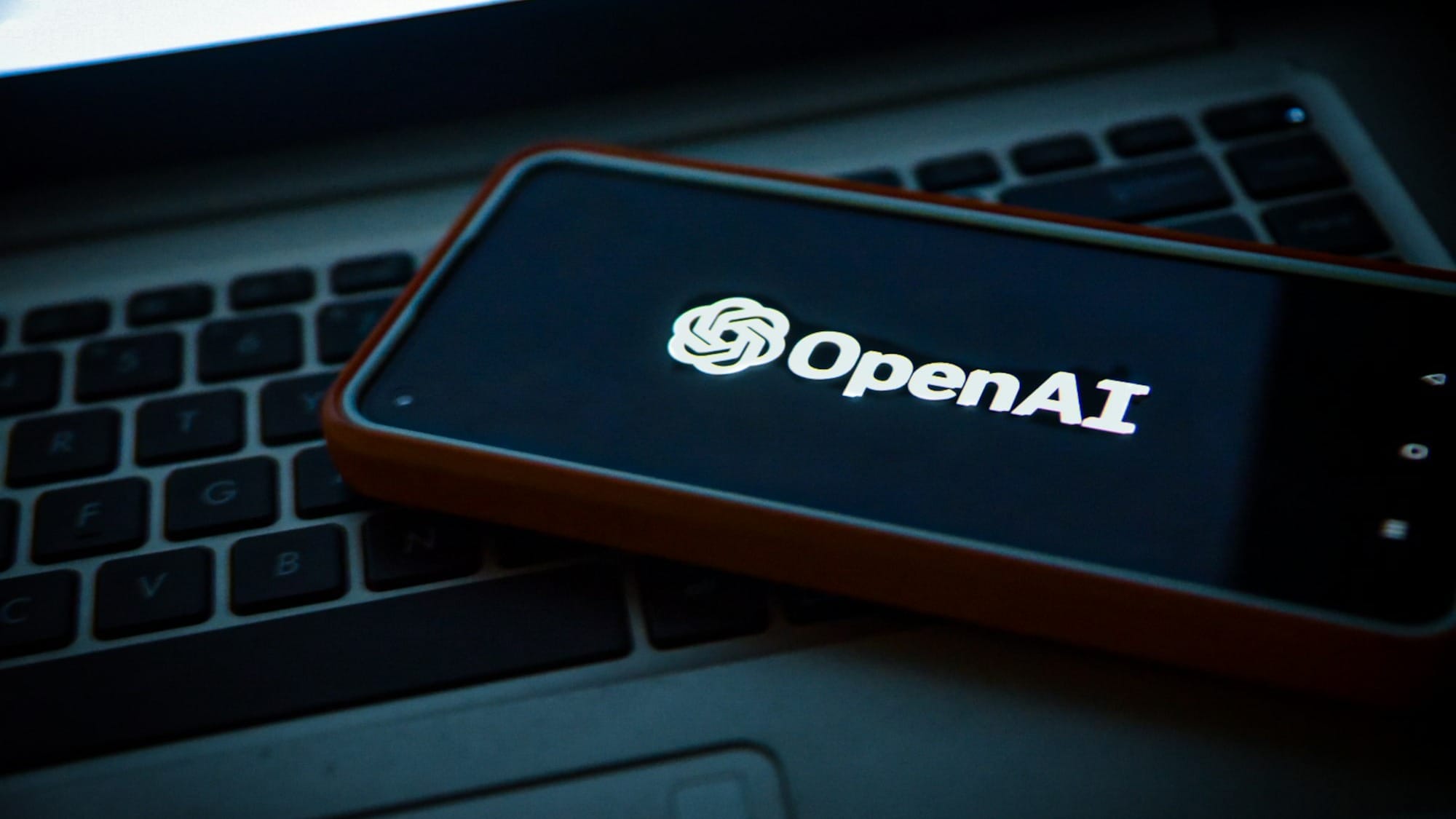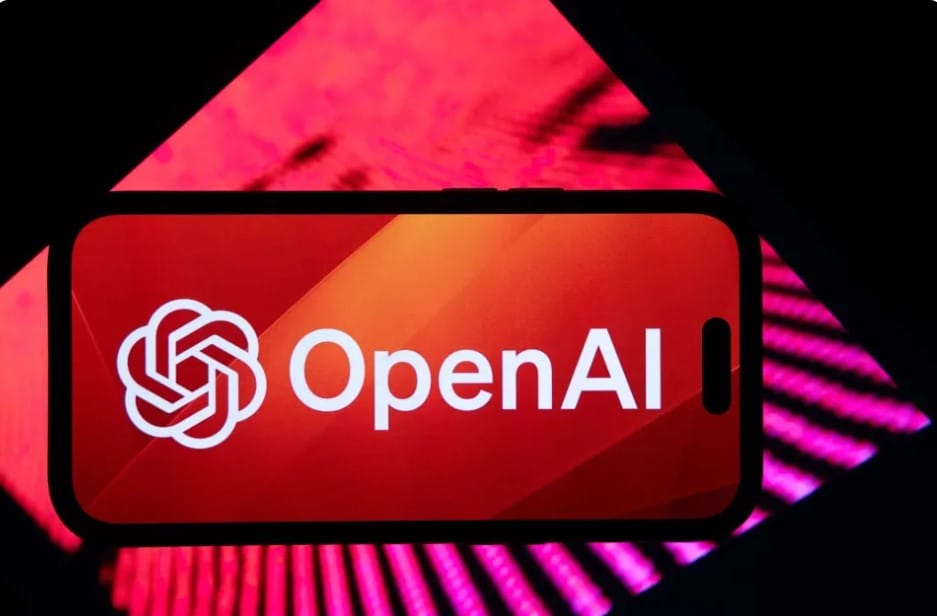OpenAI unveils Canvas — a new way to interact with ChatGPT

OpenAI will roll out a new "canvas" feature that gives you extra room to work on the app or site. It's reportedly like a mini workstation where users can write down ideas, brainstorm, code and do all sorts of things.
Described as a new interface for working with ChatGPT, the feature allows users to edit and restructure long texts or code generated by the AI chatbot. Although it's still in beta, showcases of the feature in action make it look and appear to function like Artifacts, a feature Anthropic added to Claude a while back.
But, unlike Anthropic, OpenAI has made this a premium feature for now. Currently, it is being rolled out to ChatGPT Plus and Team users globally, Enterprise and Edu users should also get it sometime next week. Free ChatGPT users on the other hand will need to wait till this feature is out of beta.

When ClaudeAI introduced the feature, it was originally intended to make the user experience with its AI chatbot a bit cleaner and seamless and, in turn, improve the bot. It appears the plan was the same with Canvas, as it was created to aid with tasks formerly limited by the original interface.
According to research by OpenAI, Canvas outperformed GPT-4o by 18% when it came to writing and coding tasks. The company also claims to have had people rate it and overall, human evaluation placed the canvas model as 30% more accurate and 16% better in quality than GPT-4o.
But, as users try out this new feature, we'll get to see just how much it performs in the real world, compared to Claude's Artifact.
Overall, OpenAI's Canvas feature appears to be a valuable addition to the ChatGPT ecosystem. Its potential benefits in terms of productivity, collaboration, and user experience make it a promising tool for writers, coders, and researchers.


